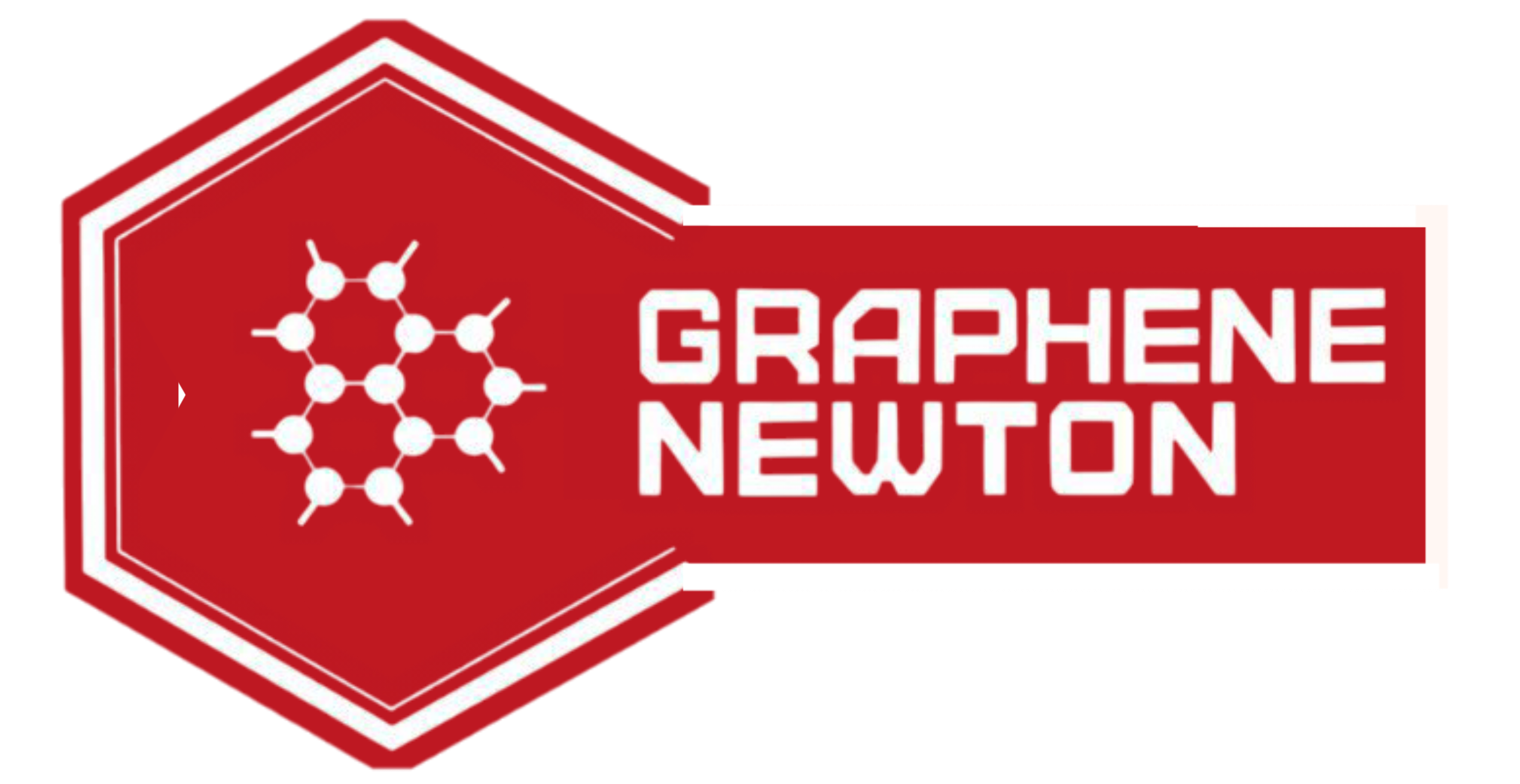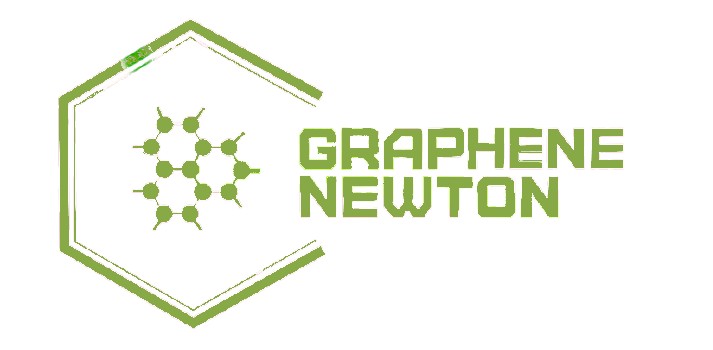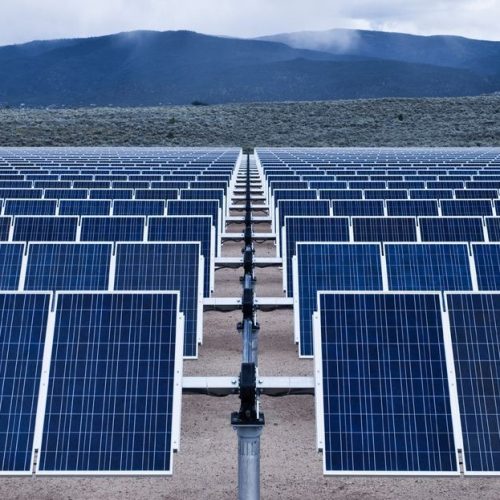
Graphene-Newton Solar Panel & Cell
Graphene-Newton solar panels are an advanced type of solar technology that use Graphene a form of carbon that is just one atom thick, as a key material in the solar cells.
Graphene is known for its good electrical conductivity, strength, and is a flexible material, which makes it a promising material for improving the efficiency and performance of solar panels which is more than 40%..
Graphene solar panels and cells represent a promising advancement in the field of solar energy. Their potential to enhance efficiency, flexibility, and durability makes them a significant area of interest for researchers and manufacturers
Key Benefits:
40% and above efficiency
Generates electricity at night time.
Generates electricity in cloudy weather and rainy season due to the force of rain drops.

Silicon Solar Panel
Silicon solar panels ,have several drawbacks. They generally offer lower efficiency compared to emerging technologies, are bulky and heavy, and have an energy-intensive manufacturing process. Their performance is sensitive to high temperatures, and they can be fragile, prone to damage from impacts or harsh weather. Additionally, the cost of raw materials for production can fluctuate, and recycling silicon panels at the end of their life is complex. Their rigid structure also limits flexibility, making them less adaptable for portable or flexible applications. Lastly, silicon panels can have aesthetic limitations, detracting from the visual appeal of installations.
Graphene – Newton Solar Panels & Cells V/S Silicon Solar Panel
| Feature | Graphene-Newton Solar Panels | Generally Used(Silicon) Solar Panel |
|---|---|---|
| Efficiency | 40% and above efficiency | Lower 15%-22% only |
| Strength | Strongest. Even stronger than steel and diamond. | Weak |
| Electrical Conductivity | Exceptionally best conductor than copper | Not efficient Conductivity |
| Durability/Flexibility | Flexible, lightweight, more durable | Rigid, can break under impact |
| Material | Graphene-Newton (Carbon-based material) | Silicon (Monocrystalline, Polycrystalline) |
| Light Absorption | Better light absorption in small area (across more wavelengths) | Needs larger surface area |
| Performance | Generates electricity at night time, in cloudy weather and rainy season due to the force of rain drops. | No electricity generation |
Salient Features of Graphene-Newton Solar Panel & Cell
| Category | Feature | Details |
|---|---|---|
| Good Conductivity | High Conductivity | Graphene-Newton has exceptional electrical conductivity, allowing more efficient electron transport than traditional materials like silicon. It is a better conductor than copper. |
| Improved Charge Carrier Mobility | Graphene-Newton enables faster electron movement, reducing energy loss and improving solar cell performance. | |
| Strength | High Strength | Graphene-Newton has higher strength than silicon, commonly used in solar panels. |
| Graphene-Newton Strength | Graphene has a tensile strength of 130 GPa, much stronger than structural steel and diamond. | |
| Graphene Newton Solar Panels Strength | Graphene-Newton solar panels are 200 times stronger than silicon solar panels. | |
| Innovative Technology | Graphene-Newton solar panels feature a 30-year warranty. | |
| Good Performance | Power Output | Graphene-Newton solar panels produce up to 40% and abovemore power than standard solar panels and have low degradation. |
| Zero Resistance | Graphene-Newton solar panels have zero resistance. | |
| Protection and Encapsulation | Graphene can protect solar cells due to its resistance to degradation and corrosion. | |
| Innovative Technology | Graphene-Newton solar panels feature a 30-year warranty. | |
| Flexibility and Durability | Lightweight and Flexible | Graphene-Newton based solar cells are lightweight and flexible, allowing unconventional applications like on curved or portable surfaces. |
| High Durability | Graphene-Newton solar panels can withstand harsh environmental conditions, increasing their lifespan. | |
| Simpler Manufacturing Process | Graphene-Newton solar cells can be produced using simpler, more efficient, and cost-effective methods like roll-to-roll printing. | |
| Higher Transparency | Transparent Conductive Material | Graphene-Newton is highly transparent to light, ideal for use in top layers of solar cells, allowing transparent solar panels for windows or other transparent surfaces. |
| Improved Aesthetic Appeal | Transparent or semi-transparent graphene-based solar cells can integrate solar power into urban settings without compromising aesthetics. | |
| Environmentally Friendly | Sustainable Material | Graphene-Newton is made from carbon, a naturally abundant and sustainable material, unlike some traditional solar technologies that rely on toxic or rare materials. |
| Recyclability | Graphene-Newton-based solar panels could be more easily recycled, reducing e-waste and enhancing their environmental sustainability. | |
| Superior Thermal Conductivity | Good Heat Management | Graphene-Newton has excellent thermal conductivity, helping manage the heat generated by solar panels and improving performance and longevity. |
| Light Absorption | High Absorption of Light | Graphene-Newton can absorb a wide spectrum of light, increasing efficiency, especially in low-light conditions like cloudy weather or shaded areas. |
| Potential for Integration with Other Technologies | Energy Storage | Graphene-Newton can enhance energy storage systems like batteries and supercapacitors, leading to more efficient and sustainable energy solutions when paired with graphene-based storage. |
| Hybrid Solar Systems | Graphene-Newton could allow for hybrid solar cells that combine features of organic, perovskite, and traditional silicon technologies for better efficiency and performance. | |
| Versatility in Applications | Wider Range of Applications | Graphene-Newton enables solar panels for applications like wearable devices, portable chargers, or solar-powered vehicles due to its lightweight and flexible nature. |
| Integration into Consumer Electronics | Graphene-based solar cells can be integrated into consumer electronics like phones and laptops, allowing continuous charging or energy harvesting. | |
| Potential for Faster Adoption of Solar Energy | Faster Payback Period | Due to higher efficiency and lower costs, graphene solar cells can lead to faster ROI, accelerating solar energy adoption. |
| Energy Access in Remote Areas | The cost-effectiveness and flexibility of graphene solar panels make solar energy more accessible to remote or off-grid areas, addressing global energy inequality. | |
| Long-Term Innovation Potential | Continual Research | Ongoing research into graphene-Newton may lead to breakthroughs in solar technology, making solar energy even more efficient and ubiquitous. |
Solar Energy Solutions
Ground Mounted
Solar Panels can also be ground mounted within the property which offers adequate space and good sun exposure resulting in better performance.
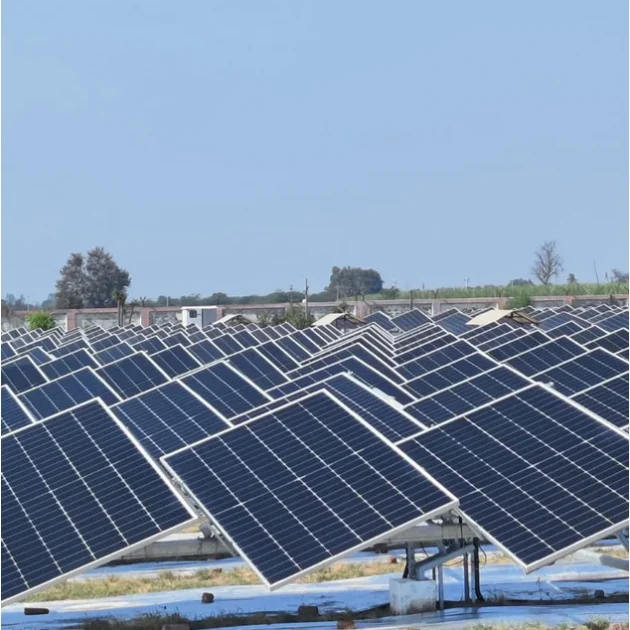
Use of Ground Mounted Solar Panel
Commercial & Industrial Projects
Ideal for businesses, factories, and large-scale solar farms to reduce energy costs and generate clean energy.
Residential Properties:
A great option for homes with ample land, providing significant energy savings.
Agriculture
Supports agrivoltaics (solar panels above crops) and powers irrigation systems in off-grid farms.
Electric Vehicle Charging
Powers EV charging stations and home/business vehicle charging.
Community Solar
Shared solar energy systems for multiple households or businesses.
Public Space
Powers lighting and amenities in parks, campgrounds, and public infrastructure.
Water Systems:
Powers irrigation, pumping stations, and desalination plants.
Backup Power
Provides emergency power for critical infrastructure like hospitals and schools.
Residential Rooftop Solar Installations
Enhanced Energy Efficiency
Higher power generation in limited space.
Space-Saving Design
Thinner, lighter, and flexible panels for diverse roof types.
Aesthetic Integration:
Seamless design integration without bulk.
Commercial Rooftop Solar Applications
Maximized Power Generation:
Efficient energy production over large spaces.
Building-Integrated Photovoltaics (BIPV):
Integration with building materials like tiles, windows, etc.
Smart Building Integration:
Optimization of power use through energy management systems.
Government & Institutional Buildings:
Institutional Buildings:
Power schools, hospitals, and public infrastructure sustainably, helping institutions reduce operational costs and carbon emissions.
Roof Top
Rooftop solar panels are a sustainable energy solution that converts sunlight into electricity, reducing energy bills and your carbon footprint.

Floating Solar Panel
Floating solar panels are a unique and innovative solar energy solution that involves installing solar panels on bodies of water, such as lakes, reservoirs, or ponds. These systems are designed to float on the water’s surface, offering several advantages in areas where land space is limited.
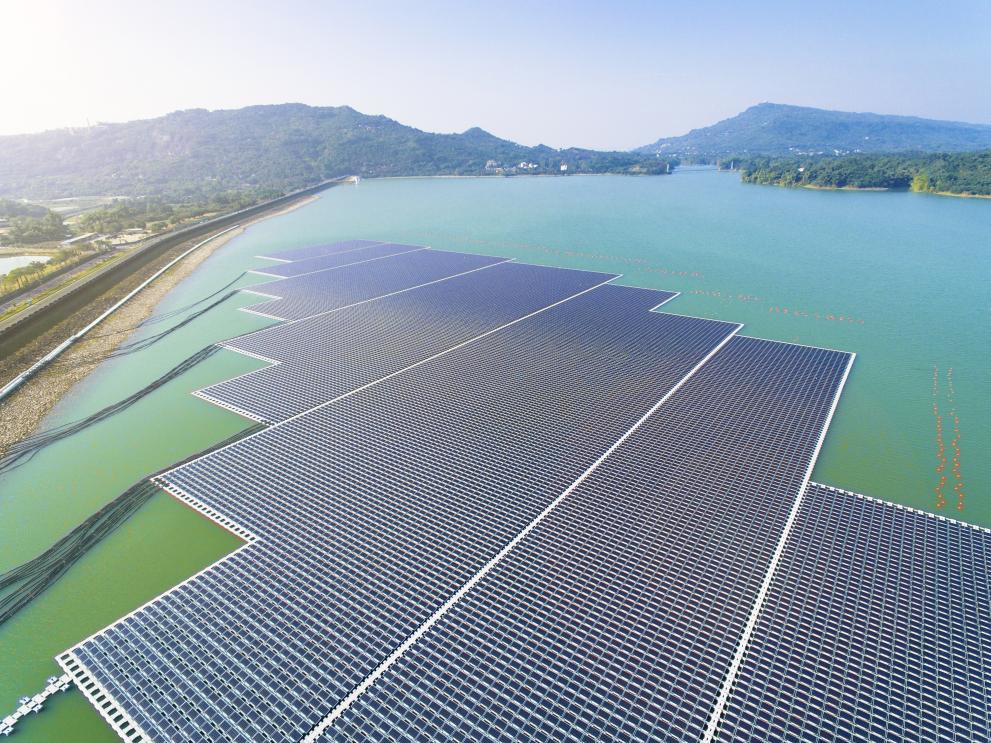
Applications of Floating Solar Panels
Water Reservoirs & Dams
Generates energy on water bodies, complementing existing infrastructure.
Agriculture
Powers irrigation and farming operations in off-grid areas.
Industrial Sites
Provides energy to factories near water sources.
Main Benefits and Applications of Floating Solar Panels:
Durable & Reliable Floating Solar Panels
Weather Resistance
Withstands high winds and heavy rainfall.
Corrosion & Water Resistance
Built to resist water damage and corrosion.
Enhanced Efficiency
Water cooling improves performance in hot climates.
Low Maintenance:
Minimal upkeep with a 25-30 year lifespan.
Stability
Remains anchored and stable in choppy waters
No Environmental Impact of Floating Solar Panels
No Land Use
They don’t occupy land, preserving natural ecosystems.
Reduced Water Evaporation
Helps conserve water in reservoirs and ponds.
Non-Invasive:
Installed on existing water bodies without disturbing wildlife or habitats.
Clean Energy
Generates renewable, emission-free power.
Types & Applications of Graphene-Newton Solar Panels & Cell

Flexible Solar Panels
Portable Devices: Power wearables like smartwatches and fitness trackers.
Clothing & Fabrics: Solar-charging clothes, backpacks, and hats.
Flexible Solar Roofs: Ideal for vehicles, curved buildings, and mobile homes.
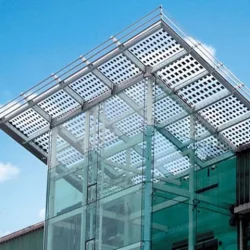
Transparent Solar Panels
Windows & Glass Facades: Harness solar power without blocking light.
Solar Glass for Cars: Charge car systems directly from the sun.
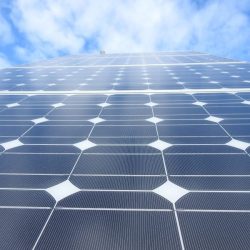
Building-Integrated Photovoltaics
Solar Facades & Roofing: Energy-generating building materials for rooftops and facades.

Portable Solar Chargers
Power Banks: Compact solar chargers for smartphones and laptops.
Outdoor Equipment: Charge devices in remote locations while camping or hiking.

Consumer Electronics
Smartphones & Laptops: Integrated solar charging for everyday gadgets.
Wearables: Extend battery life for smartwatches and fitness trackers.
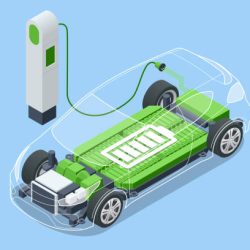
Electric Vehicles (EVs)
Solar-Powered EVs: Recharge car batteries with integrated solar panels.
Solar Charging Stations: Sustainable power for EV charging infrastructure.
